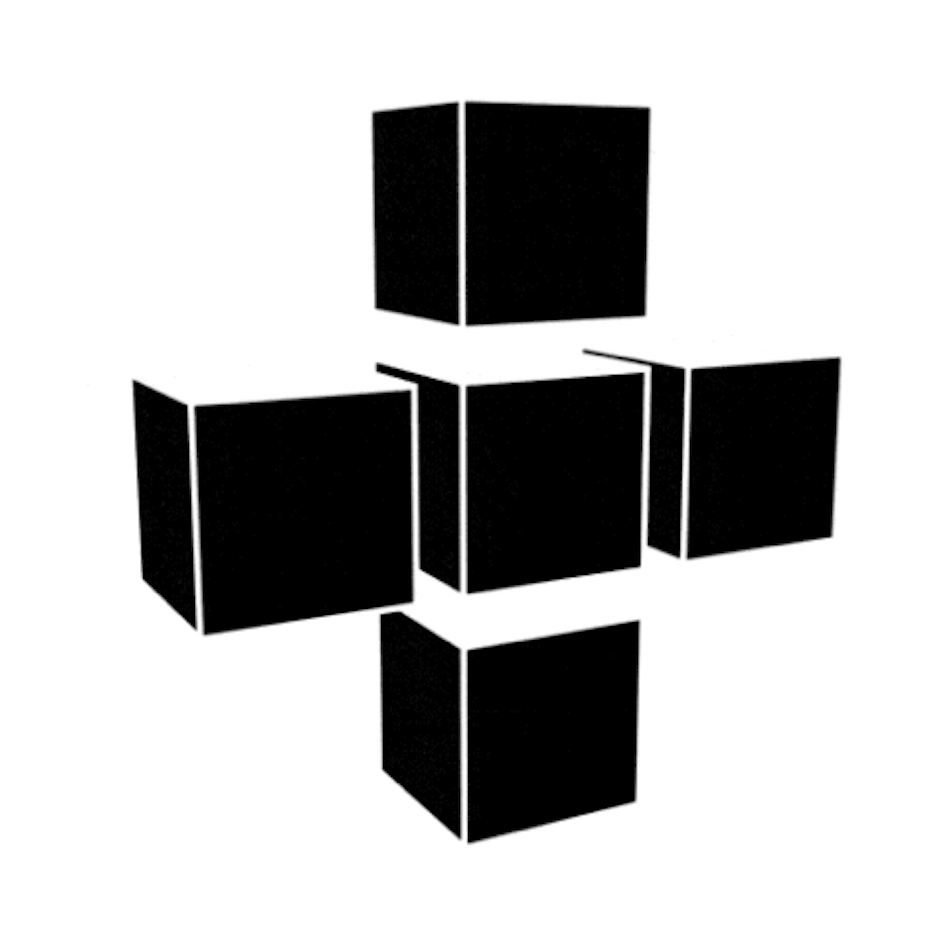Cryptocurrencies are a new asset class that are emerging in importance and adoption in global markets. Public blockchains such as Bitcoin, Ethereum, Binance Chain, and Cardano, offer individuals and institutions access to an unprecedented amount of financial and technical data. With the increasing amount of blockchain data, it is important that investors and policy makers can access standardized methods of financial and risk analysis to be able to make informed investment and regulatory decisions. On-chain and related blockchain data are often difficult to effectively and efficiently model due to their stochastic, dynamic time series, and highly dimensional nature. Tensors, multidimensional arrays, and their decompositions have been used in a multitude of fields to reduce the dimensionality of complex data. Tensor decompositions have previously been integrated with deep learning models to successfully predict stock and spot prices. However, there exists a gap in the literature of how to model cryptocurrency spot prices and derivatives. The primary objective of this project is to create and compare two tensor-based deep learning models in each of the two key areas: 1) Cryptocurrency Price Dynamics Modeling, 2) Derivatives Price Dynamics Modeling.
Blockchain Risk and Financial Modeling with Tensor Decompositions and Deep Learning
